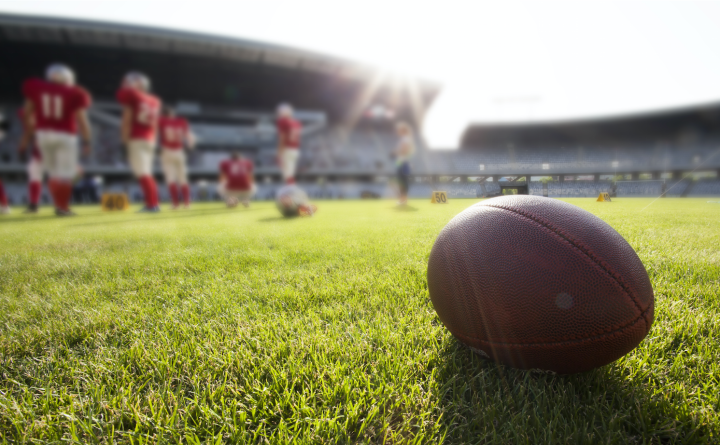Football season is right around the corner, and while sports are a great way to get active, they do pose a physical danger. Specifically, participating in a sport can increase the likelihood of sustaining a concussion. The CDC estimates that 1.6 million to 3.8 million concussions happen each year, many of which happen quickly and can easily be overlooked. Are you able to identify the symptoms of a concussion? Learn how to spot head trauma and how you can prevent concussions.
What is a concussion?
A concussion is a type of traumatic brain injury (TBI) that happens when someone’s head gets hit, bumped, or shaken violently, causing the brain to move around within the skull. The potential bounce or twist of the brain can stretch and damage the brain cells, creating chemical changes in the brain. The effects of a concussion can be serious.
What are the symptoms?
The symptoms of a concussion may be noticeable shortly after a hit or fall; however, the severity of a concussion may not be apparent for hours or days. The symptoms of a concussion include confusion, loss of concentration, sensitivity to light or sound, dizziness, blurry or double vision, nausea and vomiting, among others. The more severe symptoms of a concussion include drowsiness or difficulty waking, one pupil appearing larger than the other, slurred speech, convulsions or seizures, unusual behavior, and loss of consciousness– which should always be taken seriously, even if it is only for a brief amount of time. On rare occasions, a concussion can be accompanied by a hematoma– a dangerous collection of blood– in the brain, which needs to be treated by a medical professional shortly after a concussion. In many sports organizations, it only takes one of the previous signs or symptoms to have a possibly concussion and to be removed from play (such as UIL and TAPPS school athletics).
How can concussions be prevented?
There are so many causes for concussions that prevention should be an ever-present part of life. As a parent, be sure that your child’s car seat is the correct version for both the child’s size and age. With an infant or toddler, putting a gate at the top and bottom of the stairs in a home is recommended; a fall down the stairs or a bump of the head on a step can be very harmful to a small child. Joseph Iero, MD, orthopedic surgeon at CHI St. Joseph Health Orthopaedic Associates, advises, “When doing any potentially dangerous activities, such as contact sports, be sure to wear a properly fitted helmet and gear that is appropriate for the activity you or your child is involved in.”
If you or your child loses consciousness or experiences nausea or vomiting after head trauma, visit your nearest emergency center. CHI St. Joseph Health’s Emergency & Trauma Center is the highest accredited trauma center in the Brazos Valley and is able to treat a wide range of conditions, including head trauma. If you experience or witness head trauma without the aforementioned symptoms but are concerned it might be a concussion, make an appointment with a CHI St. Joseph Health primary care physician near you.
Sources: